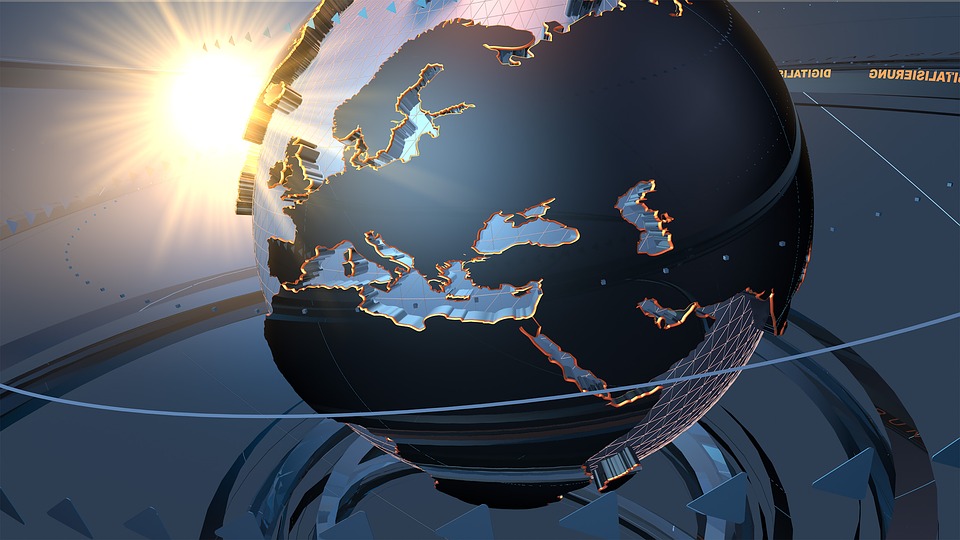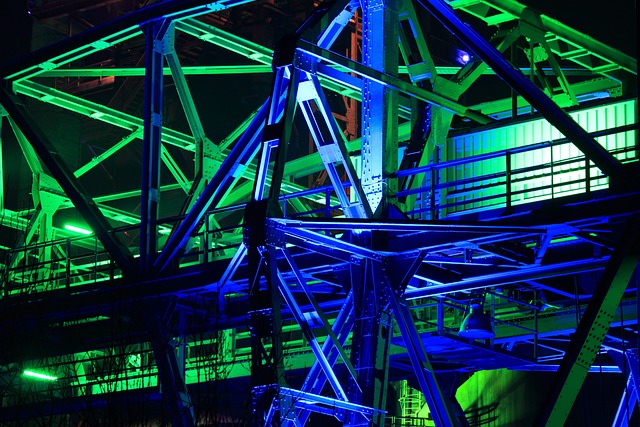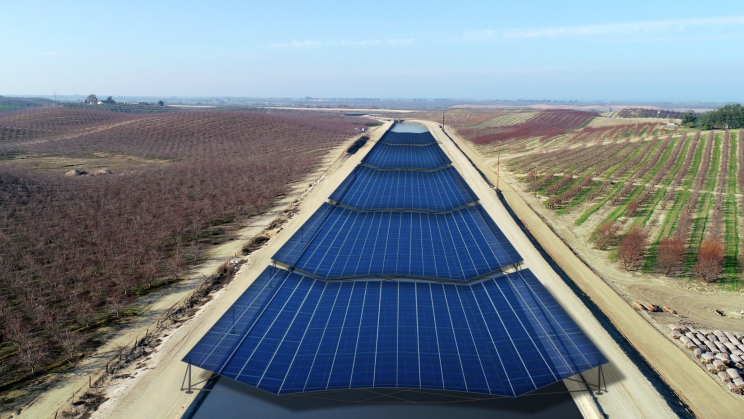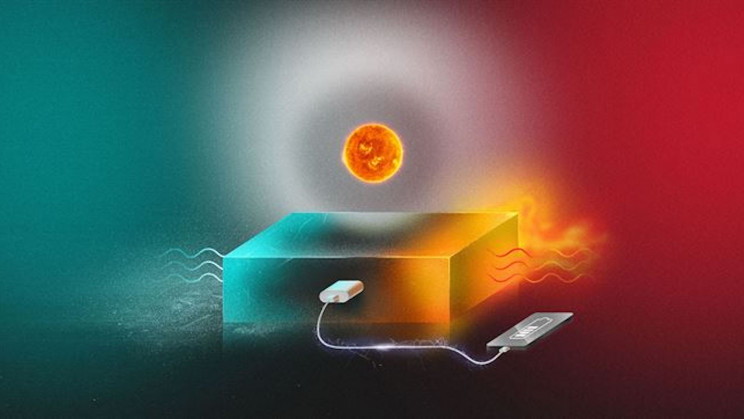Bill Gates recently stated, “There is no author whose books I look forward to more than Vaclav Smil because he has opened my eyes to new ways to think about solving our energy and environmental issues.”
What Is The Good Life & What Are It’s Biospheric Consequences?
Vaclav Smil, Professor of Environmental Science at Manitoba University, Winnipeg, Canada is the author of 35 books and more than 400 papers in the fields of energy, environment, population, food, technology and innovation. He has continually asked basic questions such as: “Where does our energy come from?”, “How is energy used?” and “What should energy be used for?” while developing a framework for analyzing natural and human energy flows and their transformations.
Smil has also completed detailed reviews of the solar system, the terrestrial biosphere, and global biochemical cycles. He has also analyzed energy in natural food chains, the efficiency of human growth, and the energy required for agriculture and modern industrial systems.
Natural & Human Energy In The Past, Present & Future
In his recent book “Making of the Modern World: Materials and Dematerialization” Smil notes that China has used more cement in the past three years than the US did over the past century. He also notes that the Chinese are now far and away the largest purchasers of consumer goods and materials needed to produce them.
With India and Africa traveling down the same path, Smil believes the train will come off the tracks if patterns of modern industrial production and consumption are not altered from the goal of “nation building” to living sustainably in the earth’s biosphere.
While Smil has great respect for technology he is also a realist with respect to its limitations. For example, according to his research using “carbon capture and sequestration (CCS) technology to curb coal’s greenhouse gas emissions would require an infrastructure twice as large as the entire existing petrochemical infrastructure.”
Smil’s book documents human civilization’s use of materials from prehistoric times to the present day and discusses use of materials in modern culture: metals, including steel and aluminum, bio materials: including timber and paper; plastics, glass, cement, fertilizers, industrial gases and silicon.
Ecological Pressures Of Development
Smil describes wave after wave of global material extraction and how extracted materials are used. He is clearly concerned about how country after country is adopting a Western consumer driven lifestyle.
In “Making of the Modern World” the author suggests the possibility and desirability of a substantial dematerialization of modern economies in which the quantity of materials used in manufacturing is reduced while maintaining functionality.
This idea was popularized by Buckminster Fuller who called it “ephemeralization.” With the advent of atom by atom construction of materials, this vision seems possible in coming decades.
Related aricles on IndustryTap:
- Pack Your Bags, Biosphere 2 Laboratory a Step to Colonizing Mars
- New Plant Like Carbon Dioxide (CO2) Eating Machine
- Making The Heavens Open Up With Cloud Seeding Drones
References and related content:







